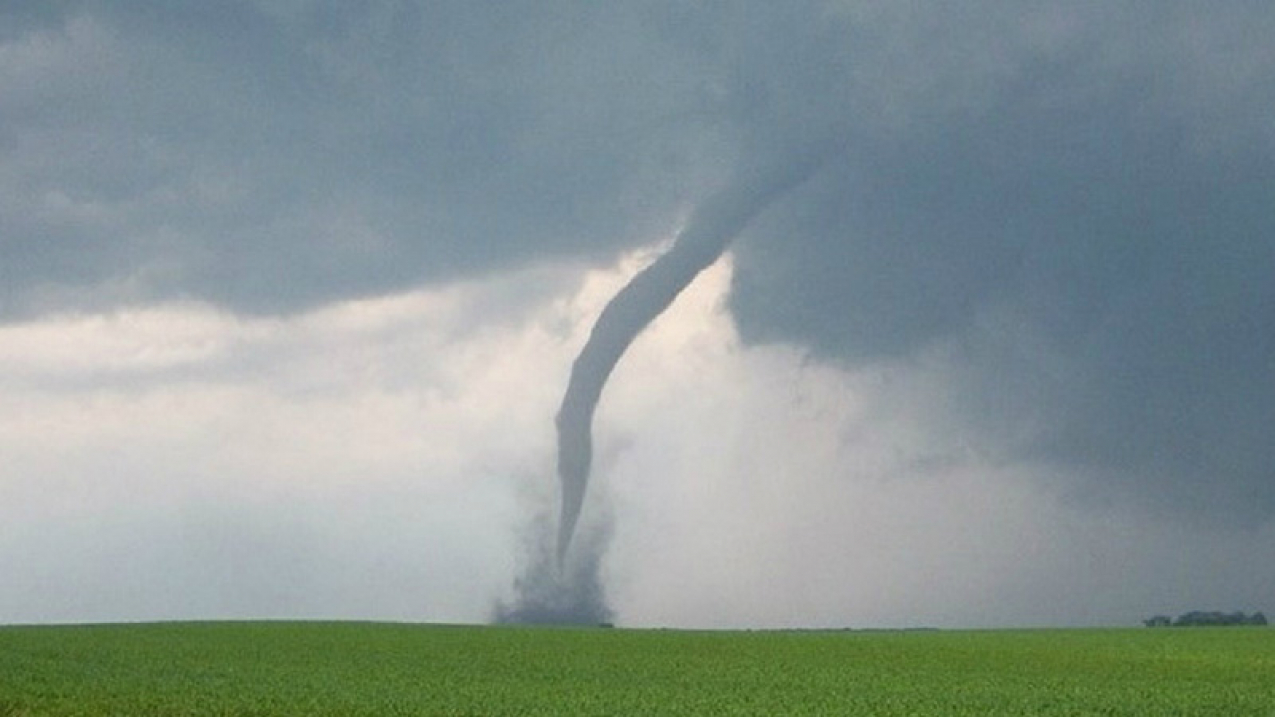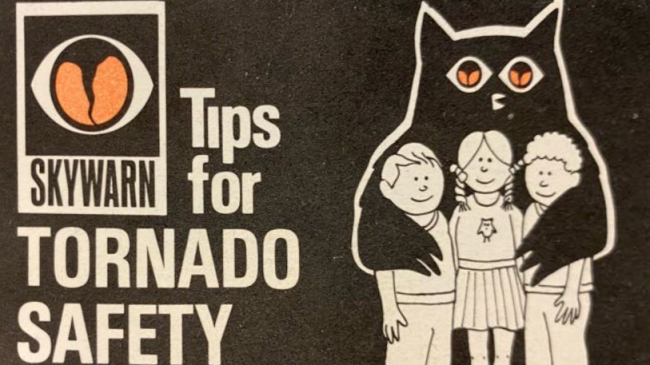National Severe Weather Preparedness Week March 2-8
During National Severe Weather Preparedness Week March 2 to 8, the National Oceanic and Atmospheric Administration (NOAA) and the Federal Emergency Management Agency (FEMA) are calling on individuals across the country to Be a Force of Nature: Take the Next Step by preparing for severe weather and encouraging others to do the same.

Tornadoes pose a significant threat to life and property, but NOAA scientists and forecasters are working hard to keep you and your family safe. (Image credit: NOAA)
Just one tornado can cause catastrophic damage. Last year, the EF 5 tornado that struck Moore, Okla., on May 20 killed 24 people and caused more than $2 billion in damage. In 2013, a total of 903 tornadoes were reported in the United States. Those tornadoes occurred in 43 states on 152 days, resulting in 55 fatalities and more than 500 injuries.
Moore Medical Center entrance before the tornado. (Credit Shane Cohea, Norman Regional Health System)
As more people move to tornado-prone areas, knowing what to do when severe weather strikes could save lives.
“With the devastation of last year’s tornadoes fresh in our minds and springtime almost here, I urge individuals to become weather-ready now,” said NOAA National Weather Service Director Dr. Louis Uccellini. “Make sure you have multiple ways to access forecasts and warnings from NOAA’s National Weather Service before severe weather strikes.”
Moore Medical Center entrance after EF5 tornado struck on May 20, 2013. Damage to the hospital was extensive, but no lives were lost thanks to the planning and actions of the hospital administration and staff. (Credit Shane Cohea, Norman Regional Health System)
“Being ready today can make a big difference for you when disaster strikes,” said FEMA Administrator Craig Fugate. “It only takes a few minutes. Talk with your family and agree to a family plan. Learn easy steps on how to prepare at Ready.gov and find out how your community can take action in America’s PrepareAthon through drills, group discussions and community exercises.”
Our severe weather safety message is simple: know your risk, take action, be an example.
- Know Your Risk: The first step to becoming weather-ready is to understand the type of hazardous weather that can affect where you live and work, and how the weather could impact you and your family. Sign up for weather alerts and check the weather forecast regularly.
- Take Action: Make sure you and your family are prepared for severe weather. Your family may not be together when a storm strikes, so plan how you will contact one another by developing your family communication plan. Make sure you put together an emergency kit and store important papers and valuables in a safe place. Visit Ready.gov/severe-weather to learn more about how to be better prepared and how you can protect your family when severe weather strikes.
- Be an Example: Once you have taken action, tell family, friends, and co-workers to do the same. Share the resources and alert systems you discovered through your social media network. Share these new videos to help your friends and families to prepare.
Technology today makes it easier than ever to be a good example and share the steps you took to become weather-ready.
NOAA and FEMA’s involvement in the innovative Wireless Emergency Alerts (WEAs) project, a new text-like message system, is part of a national effort to increase emergency preparedness and build a Weather-Ready Nation. Last year millions of individuals across the country received WEAs with life-saving weather warnings via their cell phone. These geographically targeted emergency alerts have allowed people to receive weather warnings they would not have otherwise received, and many people took life-saving action. For more information, visit www.ready.gov/alerts.
NOAA’s mission is to understand and predict changes in the Earth's environment, from the depths of the ocean to the surface of the sun, and to conserve and manage our coastal and marine resources. Join us on Facebook,Twitter, Instagram and our other social media channels.
FEMA's mission is to support our citizens and first responders to ensure that as a nation we work together to build, sustain, and improve our capability to prepare for, protect against, respond to, recover from, and mitigate all hazards.
Contact:
Keli Pirtle, NOAA
405-325-6933
Dan Watson, FEMA
202-646-3272



